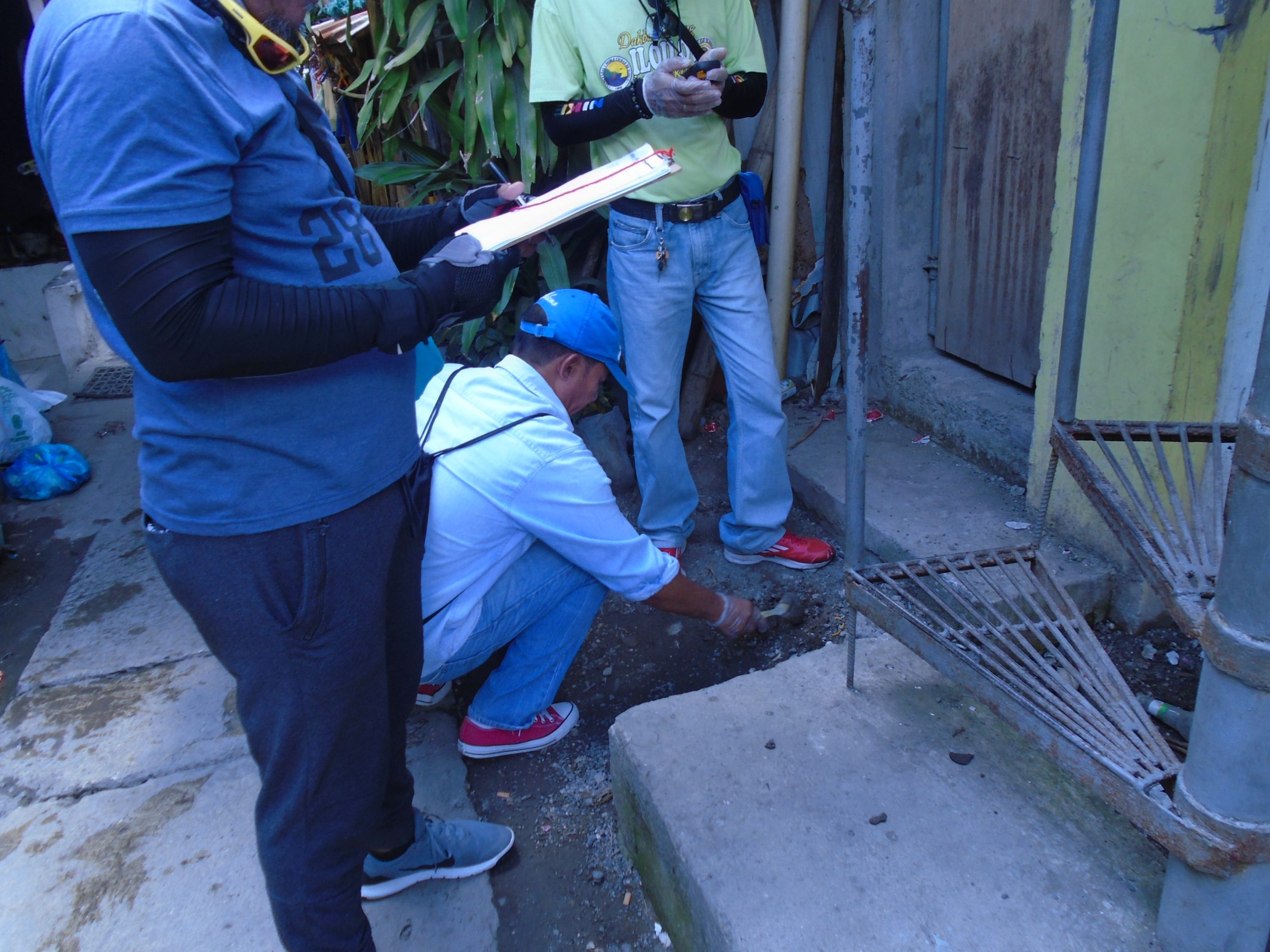This post is by Madeline Walker, Pure Earth Communications Intern. Madeline attends undergraduate college at SUNY Geneseo, where she will receive a dual degree in Political Science & Communication. One day, she hopes to pursue a career in the fields of environmental policy and sustainability.
Investigators for Pure Earth’s Toxic Sites Identification program (TSIP) are currently making their way through the Visayas region of the Philippines to identify and map pollution problems in over 360 randomly selected Filipino Barangays, or villages. The effort is part of a new, intensive TSIP project that could drastically reduce the threat of toxic chemical pollution in the region.
Usually, TSIP site assessments take only a few hours to complete as investigators collect 5 to 10 samples and gather other relevant data. In this particular project, investigators are meticulously obtaining samples approximately every 30 feet in their surveys of each village, blanketing the area. The process will take upwards of a year.
[Watch VIDEO of Pure Earth’s TSIP investigators in action in Brazil]
The goal of performing TSIP on a more macro-level scale is to heavily investigate pollution problems in this region of the Philippines and find solutions on how to solve the issue at hand.
 A Pure Earth TSIP investigator sampling soil with a spade in the Philippines.
A Pure Earth TSIP investigator sampling soil with a spade in the Philippines.
Trained TSIP investigators usually use a hand-held X-Ray Fluorescent (XRF) analyzer to measure the presence of heavy metals in the soil onsite. Because of the large number of samples being collected in this project, and a limited number of XRFs, investigators in the Philippines are collecting soil samples with spades and then examining them later with an XRF. This is so the project is as efficient as possible.
These samples will be recorded, uploaded to Pure Earth’s online database of polluted sites, and mapped. The database will then be made available to local government officials, statisticians and environmental health experts, who can work together to determine how pollution is affecting the communities. From there, these experts can draw conclusions about the next steps in mitigating the country’s pollution problems.
 A Pure Earth TSIP investigator collecting some soil with a spade in the Philippines. These samples will be analyzed to determine the levels of pollutants present.
A Pure Earth TSIP investigator collecting some soil with a spade in the Philippines. These samples will be analyzed to determine the levels of pollutants present.
The TSIP program involves training investigators, and assisting governments and communities heavily impacted by pollution to take action in order to solve pollution problems at the local level.
The program trains local experts who can be called upon to help investigate, identify and solve problems when they arise. TSIP is designed to improve the country’s ability to gather data as well as influence decision and policy-makers to mainstream the issue and its impact.
In nearly a decade, Pure Earth’s Toxic Sites Identification Program program has trained over 400 investigators worldwide, who have identified more than 5,000 toxic sites in over 50 countries.
To learn more about TSIP training and investigators, click here.
This project was supported by USAID.






